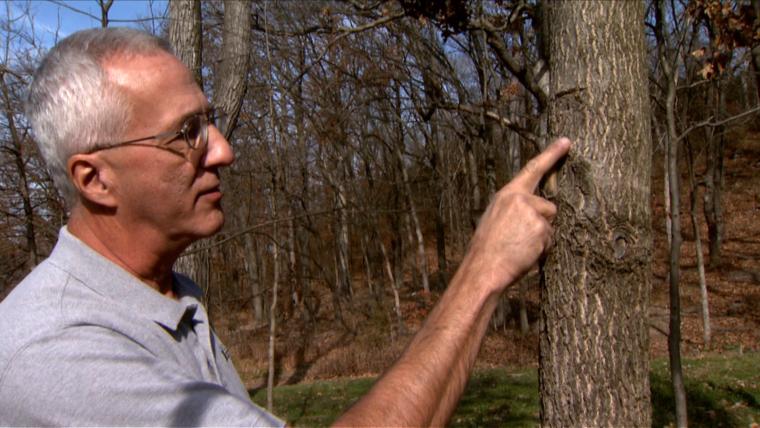COLUMBIA, Mo.– Now that the leaves have fallen, it’s time to think about pruning your trees.
“The best time to prune is during the dormant season, from the time of leaf fall in the autumn until they leaf out in the spring,” said Hank Stelzer, University of Missouri Extension forestry specialist. “You can do some pruning in the summertime, but there you want to do it very lightly and only for corrective purposes after a storm or something of that nature.”
Reasons to prune trees include maintaining their health, controlling size or directing growth with corrective pruning, and cleaning up after a wind or ice storm.
Stelzer recommends thinking carefully before pruning branches more than 2 inches in diameter. It may be best not to prune such a branch unless it presents a hazard by overhanging a driveway or sidewalk, or if it is an obstruction. Pruning large, heavy branches can be dangerous and harm the tree.
“When you make the cut you are wounding the tree,” Stelzer said. “The smaller the cut, the faster that tree can heal itself. Avoiding cutting that branch provides safety for you and also prevents possible injury to the tree.”
Stelzer, who is also an associate professor of forestry at MU’s College of Agriculture, Food and Natural Resources, notes that the tree will heal faster if you don’t cut flush with the trunk. Instead, cut a few inches out, leaving the donut-shaped opening where the branch joins the trunk.
“It’s called a branch collar,” Stelzer said. “You want to leave that in place. There is a natural zone in there where the tree will wall off any decay that could come in. That way we take advantage of the tree’s ability to heal itself.”
When sawing off larger branches, Stelzer recommends a three-cut method for pruning. Rather than just cutting through the branch, begin with an undercut on the underside of the branch about an inch out from the branch collar.
“If you went from the top down, the weight of the branch could peel the bark, making a large wound,” Stelzer said. “So we make that undercut first, then the second cut is from the top just out from that first cut, working all the way through. That way, if the weight does start to peel that bark, you have that undercut to prevent the damage.”
The third cut, after the branch has been pruned, is a cleanup cut to remove the stump of the branch, called the stob. Cut close to the branch collar but not on it.
“The benefit of pruning a tree properly is that you allow that tree to heal itself naturally and fairly fast,” Stelzer said. “Most of the time when we make that cut of an inch diameter, that wound will be healed over in as little as two years, sometimes even in the first year.”
For more information, see the MU Extension guide “Pruning and Care of Shade Trees” (G6866), available for free download at extension.missouri.edu/g6866.
